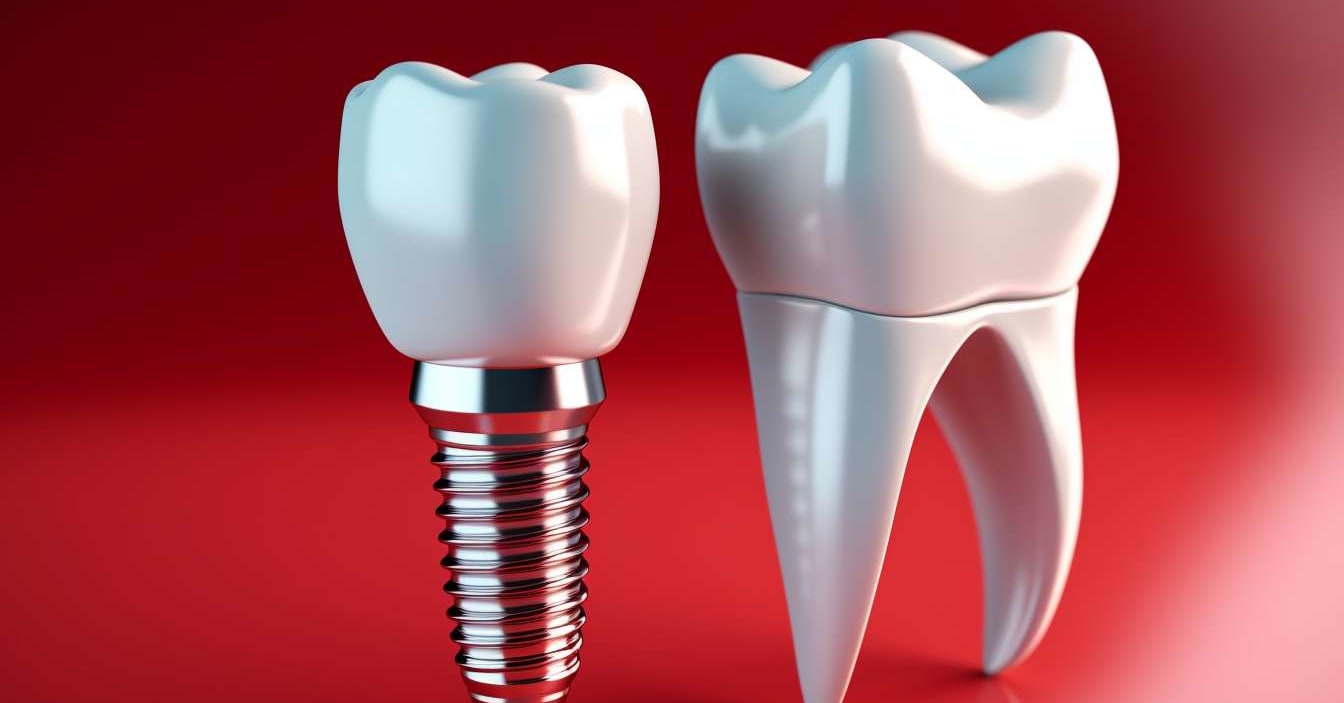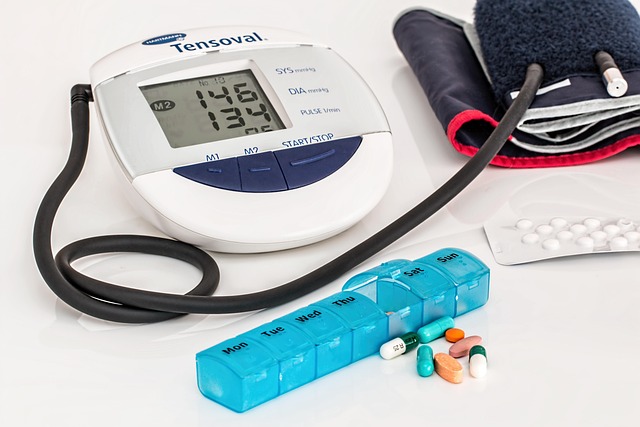Demystifying Eye Bags: Causes, Prevention, and Treatment
Eye bags, those puffiness or dark shadows under your eyes, are a common skin concern that can affect anyone, regardless of age or gender. They can make you look tired, aged, and less vibrant. Although they're usually harmless, they can impact your self-esteem and confidence. This comprehensive guide will illuminate the causes of eye bags, preventative measures you can take, and the most effective treatment options available today.
A Historical Perspective on Eye Bags
Historically, eye bags were considered a natural part of ageing, and there wasn’t much one could do about them. In ancient Egyptian times, kohl was used to mask eye bags and dark circles, while the Greeks and Romans employed a variety of natural remedies like honey and cucumber slices to reduce puffiness.
Fast forward to the 20th century, and we see the emergence of numerous skincare products and aesthetic procedures promising to banish eye bags. The rise of the beauty and cosmetics industry significantly contributed to the development of various treatment methods.
What Causes Eye Bags?
The skin around our eyes is the thinnest and most delicate on our body. Eye bags occur when the tissues and muscles supporting your eyelids weaken. This causes fat to shift into the lower eyelids, leading to a swollen or puffy appearance. Several factors can contribute to this, including age, genetics, lack of sleep, allergies, and lifestyle habits like smoking and drinking.
The Impact of Lifestyle on Eye Bags
Modern lifestyle trends like digital device usage, stress, and irregular sleep patterns have exacerbated the prevalence of eye bags. The blue light emitted by digital screens can strain the eyes and cause swelling and puffiness. Similarly, high-stress levels can disrupt sleep, leading to dark circles and bags under the eyes.
Preventing Eye Bags: From Sleep to Skincare
Prevention is always better than cure, and eye bags are no exception. Adequate sleep is crucial since sleep deprivation can cause your blood vessels to dilate, creating a dark tint. A healthy diet rich in vitamins, especially vitamin C, can boost collagen production, maintaining skin elasticity.
Good skincare practices can also keep eye bags at bay. Regular use of a quality eye cream can hydrate the skin, reduce puffiness, and slow down the ageing process. Applying a cool compress can help reduce swelling, while sun protection can prevent skin damage that can exacerbate the appearance of eye bags.
Eye Bags Treatment: From Topical Products to Advanced Procedures
If you already have eye bags, don’t despair. There are several treatment options available, from topical creams to non-invasive procedures.
Topical eye creams containing retinol or peptides can stimulate collagen production, firming up the skin around the eyes. Eye creams with caffeine can constrict blood vessels, reducing swelling and darkness.
For more persistent eye bags, non-invasive treatments like laser resurfacing and fillers can be considered. Laser resurfacing can tighten the skin and stimulate collagen production, while fillers can fill in hollows to make eye bags less prominent.
In severe cases, a surgical procedure known as blepharoplasty can be performed to remove or reposition fat in the lower eyelids. However, as with any surgical procedure, it comes with potential risks and side effects, and should only be considered as a last resort.
The Reception and Impact of Eye Bags Treatments
The reception towards eye bags treatments has generally been positive, with many individuals reporting increased confidence and improved appearance. However, it’s essential to have realistic expectations. While treatments can significantly reduce the appearance of eye bags, they may not eliminate them entirely.
The rise of non-invasive treatments has also led to a shift in the perception of eye bags treatment. These procedures are often seen as less intimidating than surgery, leading to increased interest and acceptance.
A Holistic Approach to Eye Bags
In conclusion, eye bags are a common skin concern that can be influenced by various factors. While prevention through good lifestyle and skincare practices is ideal, numerous treatment options can help manage existing eye bags. It’s important to remember that everyone’s skin is unique, and what works for one person may not work for another. Therefore, a holistic approach that combines lifestyle adjustments, good skincare practices, and medical treatments (if necessary) can be the most effective way to address eye bags.





